Runner’s Toolkit
Essential Training Methods
Recovery Focus: Post-Jog Stretches to Prevent Injury
Introduction
As the popularity of jogging continues to surge in2024, with more people embracing this accessible form of exercise, the importance of proper recovery techniques cannot be overstated. Post-jog stretching is a crucial yet often overlooked aspect of a well-rounded running routine. By incorporating targeted stretches into your cool-down, you can significantly reduce the risk of injury, improve flexibility, and enhance overall performance. This article will guide you through essential post-jog stretches designed to keep you running strong and injury-free.
Key Stretches
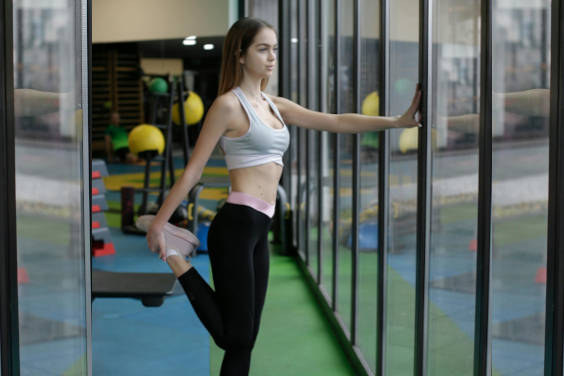
1. Standing Quadriceps Stretch
Target: Quadriceps (front thigh muscles)
How to perform: Stand upright and bend your right knee, bringing your heel towards your buttocks.
Grasp your right ankle with your right hand.
Gently pull your heel closer to your body until you feel a stretch in the front of your thigh.
Hold for 30 seconds, then switch legs.
Tip: Keep your knees close together and maintain an upright posture throughout the stretch.
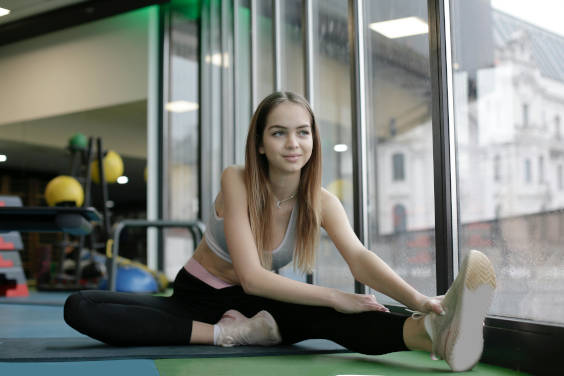
2. Seated Hamstring Stretch
Target: Hamstrings (back of thigh)
How to perform: Sit on the ground with your right leg extended and your left foot against your right inner thigh.
Reach forward with both hands towards your right foot, keeping your back straight.
Hold for 30 seconds, then switch legs.
Common mistake: Avoid rounding your back; instead, hinge at the hips and keep your spine neutral.
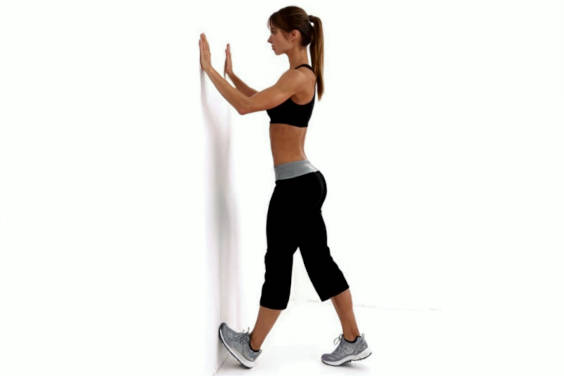
3. Standing Calf Stretch
Target: Gastrocnemius and soleus (calf muscles)
How to perform: Stand facing a wall, about arm’s length away.
Step your right foot back, keeping it straight, while bending your left knee.
Lean forward, keeping your right heel on the ground.
Hold for 30 seconds, then switch legs.
Tip: For a deeper stretch, slightly bend your back knee to target the soleus muscle.
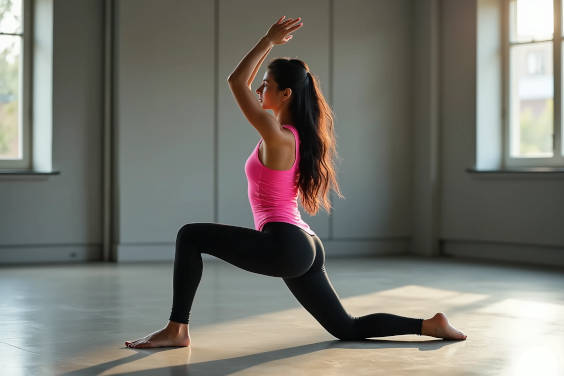
4. Hip Flexor Lunge Stretch
Target: Hip flexors and psoas muscles
How to perform: Kneel on your right knee with your left foot planted in front of you.
Push your hips forward while keeping your back straight.
Raise your right arm overhead and lean slightly to the left.
Hold for 30 seconds, then switch sides.
Common mistake: Avoid arching your lower back; instead, engage your core to maintain a neutral spine.

5. IT Band Foam Rolling
Target: Iliotibial (IT) band
How to perform: Lie on your side with a foam roller under your hip.
Cross your top leg over and place it on the ground in front of you.
Use your arms to roll your body up and down the foam roller, from hip to knee.
Continue for 30-60 seconds, then switch sides.
Tip: If you find a particularly tender spot, pause and hold pressure on that area for 10-15 seconds.
Benefits of Stretching
Incorporating these post-jog stretches into your routine offers numerous benefits:
Injury Prevention: Regular stretching improves flexibility and range of motion, reducing the risk of common running injuries such as IT band syndrome, shin splints, and hamstring strains.
Improved Recovery: Stretching helps to increase blood flow to muscles, which can speed up recovery by reducing muscle soreness and stiffness.
Enhanced Performance: Flexible muscles are more efficient and less prone to fatigue, potentially improving your running performance over time.
Better Posture: Many of these stretches target muscles that, when tight, can contribute to poor posture. Regular stretching can help maintain proper alignment both during runs and in daily life.
Stress Relief: The act of stretching, especially when combined with deep breathing, can help reduce mental stress and promote relaxation after a run.
Recent studies have further emphasized the importance of post-exercise stretching. A 2023 meta-analysis published in the Journal of Sports Science and Medicine found that consistent post-workout stretching routines led to a31% reduction in overuse injuries among recreational runners over a 12-month period.
Conclusion
As we continue to embrace jogging as a cornerstone of fitness in 2024, it’s crucial to prioritize recovery as much as the run itself. By dedicating just10-15 minutes to these post-jog stretches, you’re investing in your long-term running health and enjoyment.
Remember, consistency is key – make these stretches a non-negotiable part of your cool-down routine. Your body will thank you with fewer injuries, quicker recovery times, and improved performance on your next run. So, lace up those shoes, hit the pavement, and don’t forget to stretch it out when you’re done!
Different types of training for distance runners
Over the upcoming month, we will conduct an in-depth exploration of each type of training methodologies employed by distance runners. This comprehensive analysis aims to equip you with the knowledge to effectively integrate these techniques into a well-structured training regimen. By doing so, you’ll be better positioned to enhance your performance, overcome plateaus, and mitigate the risk of overuse injuries.

Long Distance Training
Also known as Long Slow Distance (LSD), this training involves running at a comfortable, steady pace for extended periods. It builds endurance, improves aerobic capacity, and teaches the body to use fat as fuel efficiently.

Interval Training
This involves alternating between high-intensity running and recovery periods. It improves speed, endurance, and VO2 max. Examples include:
400m repeats with 90-second rest
1-mile repeats with 3-minute jog recovery

Fartlek Training
Or “speed play,” fartlek training combines continuous running with varied pace. It’s less structured than interval training, allowing runners to adjust intensity based on feel. A typical session might involve alternating between 1 minute at 5K pace and 2 minutes at easy pace.

Tempo Runs
These are sustained efforts at “comfortably hard” pace, typically lasting 20-40 minutes. Tempo runs improve lactate threshold, making it easier to sustain faster paces for longer.

Hill Training
Incorporating uphill running builds strength, improves running economy, and enhances VO2 max. It can include:
Short, steep hill sprints
Longer hill climbs at steady pace

Recovery Runs
Easy-paced runs that promote active recovery between harder workouts. They maintain fitness while allowing the body to adapt to training stress.

Cross-Training
Non-running activities that complement running, such as cycling, swimming, or strength training. It helps prevent burnout, reduces injury risk, and maintains overall fitness.
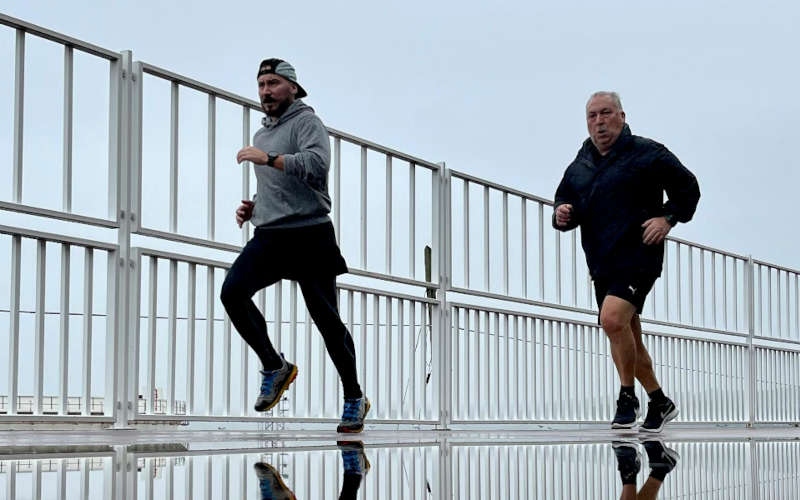
Progression Runs
Runs that start at an easy pace and gradually increase in speed, finishing at a faster pace. They teach pace control and simulate race conditions.
